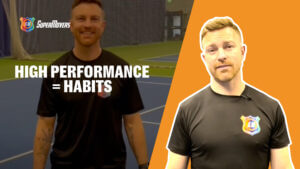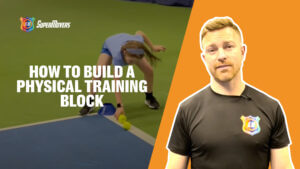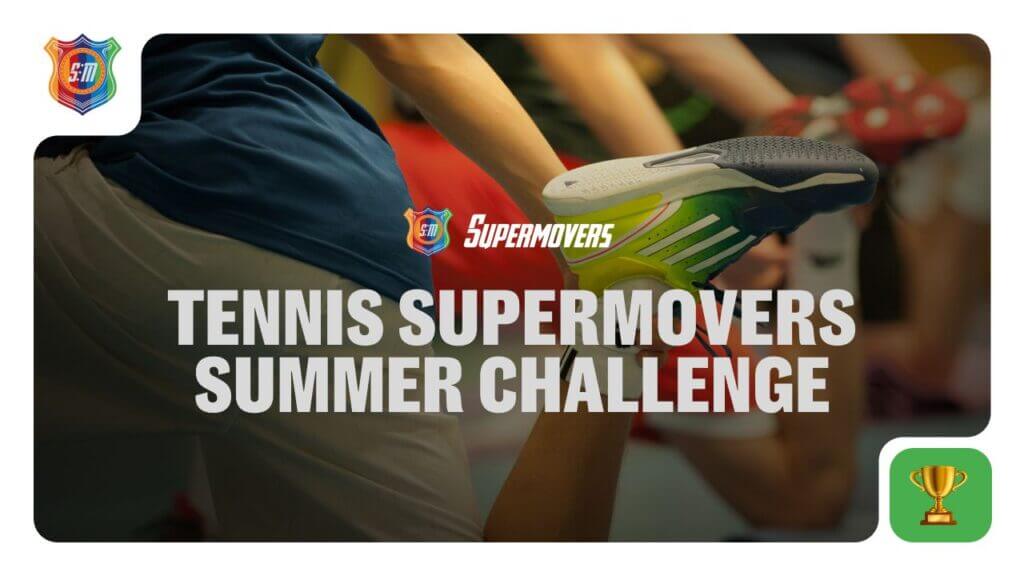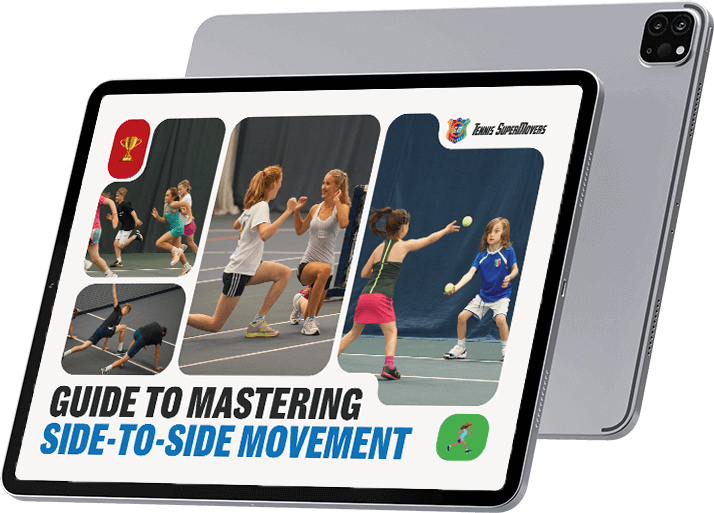SuperMovers Tennis Coordination Series - Balance
SuperMovers Tennis Coordination Series – Balance
Arguably balance is one of the most important factors in tennis, this quality underpins all movement. It is the management of equilibrium in both static and dynamic situations. Think of how wide the top players can be stretched off the court, yet can maintain dynamic balance, to not only get themselves out of trouble, but hurt their opponent. The best players look so fluid in their on-court movement due to exceptional levels of balance.
The benefits of improving your or your player’s balance include reducing the risk of injury and improving performance via enhanced proprioception. Proprioception underpins balance, it is both a conscious and unconscious process. The sensory information of the position and movement of the limbs without looking is more unconscious, whereas kinaesthetic awareness is more conscious, for example, the player adjusting to balancing on one leg. Players with great proprioception perform more effectively and efficiently via enhanced spatial awareness, postural control and agility capabilities.
In this instance we are going to look how we might better challenge balance with simple manipulations of the base of support (BOS) in relation to the placement of the feet and number of feet used.
In a bilateral stance exercise, such as squat, there is a very stable BOS using two legs. This mainly challenges the sagittal plane, therefore there is a low level of variability (variation within the actual exercise when being performed) and there is a very high loading potential. When we split the stance to a staggered position, such as a split squat, we see a reduction in the stability of the BOS and we now challenge both the sagittal and frontal plane. Variability increases as the legs each have stabilisation challenge, but from a strength perspective, the loading potential reduces. Finally, if we complete exercises on a single leg, we have created the maximum reduction in the BOS, we have very high levels of variability with high levels of stabiliser involvement but low input from the prime movers. From a multi-planar standpoint, a single leg exercise challenges the sagittal, frontal and transverse planes, but the ability to challenge them under heavy weights is at its lowest of all the three stances.
In this video sequence you can see how we use the above principles to progress and further challenge the players’ balance
Exercise 1 – Squat Stance
- Start in squat stance
- Both the leader and follower should use a squat pattern to move
- The leader moves the ball in multiple directions to challenge their partner
- The follower must stay in a strong balanced position throughout
- Increase the challenge by only allowing follower to use one hand to touch
Exercise 2 – Split-Squat Stance
- Split your stance by stepping one foot forward and one back
- Aim to create a 90-degree angle with both legs
- Hold in the bottom position
- Both players should have the same foot forward
- Use the opposite hand to the front foot
- The leader moves the ball in multiple directions to challenge their partner
- The follower must stay in a strong balanced position throughout
Exercise 3 – Single leg stance
- Move weight into one foot and balance on that leg
- Both players should be balancing on the same foot
- Use the opposite hand to the foot
- The leader moves the ball in multiple directions to challenge their partner
- The follower must stay in a balanced position throughout
Honing Coordination is one of the 5 key strategies for improving on-court performance, along with Strength, Movement, Agility and Stability – this makes up our SMASH Curriculum. Every session within the SuperMovers programme includes these exercises, along with a theme of movement, either Forward-Backward, Side-to-Side or Multi-Directional, this ensures we are developing a well rounded tennis-athlete.
Check out next part of Coordination Series – Reactions





